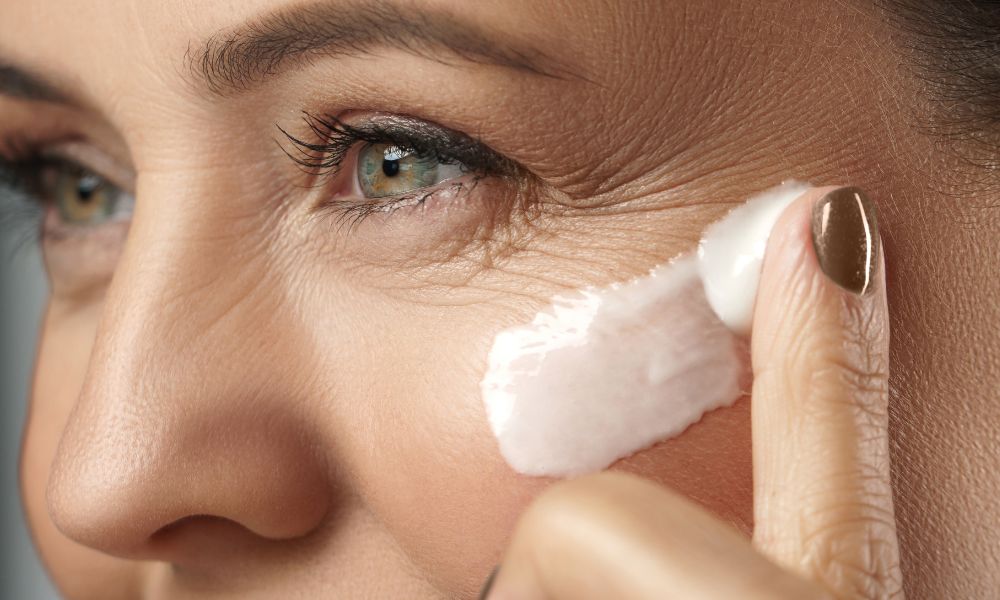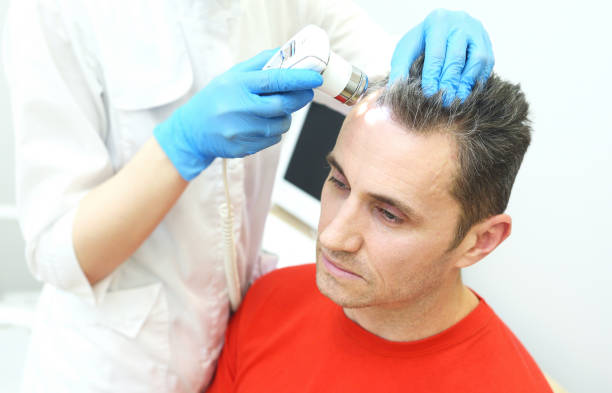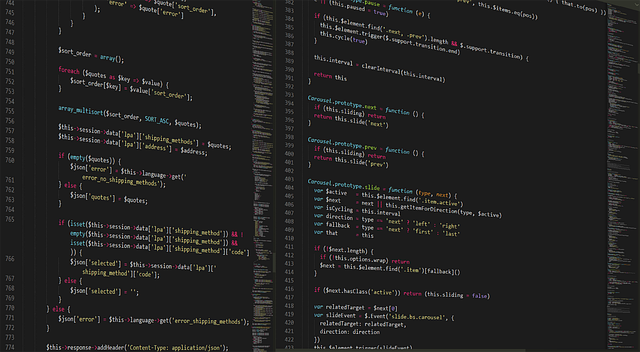Platelet-Rich Plasma: A Game-Changer in Skin Rejuvenation
Platelet-rich plasma (PRP) therapy has emerged as a revolutionary approach in the field of dermatology and aesthetic medicine. This innovative treatment harnesses the body's natural healing powers to rejuvenate skin and promote hair growth. By utilizing a concentrated form of platelets extracted from the patient's own blood, PRP therapy offers a unique blend of science and nature. Its application has expanded rapidly in recent years, moving beyond its initial use in sports medicine to become a sought-after treatment for various skin and hair concerns. As more research unveils its potential, PRP continues to captivate both medical professionals and patients alike, promising a new frontier in non-invasive cosmetic procedures.

Historical Development of PRP in Skincare
The journey of PRP in medical applications began in the 1970s, primarily in the field of hematology. Its potential in tissue healing was first recognized in maxillofacial and oral surgery during the 1980s. However, it wasn’t until the early 2000s that dermatologists and plastic surgeons began exploring PRP’s potential in aesthetic medicine. The treatment gained significant attention when high-profile athletes started using PRP for sports injuries, sparking interest in its regenerative properties for skin and hair.
Applications in Skin Rejuvenation
PRP therapy has shown remarkable results in addressing various skin concerns. One of its primary applications is in facial rejuvenation, where it’s used to improve skin texture, reduce fine lines, and enhance overall skin quality. The treatment is particularly effective in treating under-eye circles and crow’s feet, areas that are traditionally challenging to address with topical products alone. PRP is also employed in scar treatment, including acne scars and surgical scars, where it helps in promoting collagen production and improving skin texture.
PRP for Hair Restoration
In the realm of hair care, PRP has emerged as a promising treatment for various types of hair loss, particularly androgenetic alopecia. The growth factors in PRP are believed to stimulate dormant hair follicles, promoting new hair growth and strengthening existing hair. This application has gained popularity among both men and women seeking non-surgical solutions for hair thinning and loss. The treatment involves injecting PRP directly into the scalp in areas of thinning hair, typically requiring multiple sessions for optimal results.
Combination Therapies and Enhanced Efficacy
Dermatologists and aesthetic practitioners often combine PRP with other treatments to enhance its efficacy. Microneedling with PRP, often referred to as the “vampire facial,” has gained popularity for its ability to deliver more profound skin rejuvenation results. In this procedure, tiny needles create micro-injuries in the skin, allowing for deeper penetration of PRP. Similarly, combining PRP with laser treatments or dermal fillers can provide more comprehensive facial rejuvenation, addressing multiple signs of aging simultaneously.
The Procedure and Patient Experience
A typical PRP treatment begins with drawing a small amount of blood from the patient, usually from the arm. This blood is then processed in a centrifuge to separate the platelet-rich plasma. The extracted PRP is then injected into the targeted areas of the skin or scalp. The procedure is generally well-tolerated, with minimal discomfort and downtime. Most patients can return to their normal activities immediately after treatment, though some may experience mild redness or swelling at the injection sites for a day or two.
Safety Profile and Considerations
One of the key advantages of PRP therapy is its excellent safety profile. Since the treatment uses the patient’s own blood, the risk of allergic reactions or rejection is virtually non-existent. However, as with any medical procedure, there are some considerations. The quality of PRP can vary depending on the processing method and the patient’s overall health. Additionally, while side effects are rare, they can include temporary bruising, swelling, or infection at the injection sites. It’s crucial for patients to receive treatment from qualified professionals in a sterile environment to minimize these risks.
The Future of PRP in Skincare
As research in PRP continues to evolve, new applications and refinements in technique are emerging. Scientists are exploring ways to enhance the potency of PRP, such as combining it with other growth factors or using specific activation methods. There’s also growing interest in using PRP for more targeted treatments, such as addressing specific types of scars or combining it with stem cell therapies for enhanced regenerative effects. The future may see more standardized protocols and possibly even at-home PRP devices, though the latter remains a subject of debate among medical professionals.
Patient Selection and Expectations
While PRP offers promising results for many, it’s not a one-size-fits-all solution. Ideal candidates are generally in good health and have realistic expectations about the treatment outcomes. Factors such as age, overall skin condition, and the specific concern being addressed can all influence the effectiveness of PRP therapy. It’s essential for practitioners to conduct thorough consultations and set appropriate expectations with patients. Multiple sessions are typically required for optimal results, and maintenance treatments may be necessary to sustain the benefits over time.
In conclusion, platelet-rich plasma therapy represents a significant advancement in the field of skin and hair care. By harnessing the body’s natural healing mechanisms, PRP offers a unique approach to addressing various aesthetic concerns. As research continues and techniques are refined, PRP is likely to play an increasingly important role in non-invasive cosmetic treatments. Its versatility, safety profile, and natural approach make it an attractive option for those seeking effective, yet gentle solutions for skin rejuvenation and hair restoration. As with any medical treatment, patients should consult with qualified professionals to determine if PRP is suitable for their individual needs and goals.




